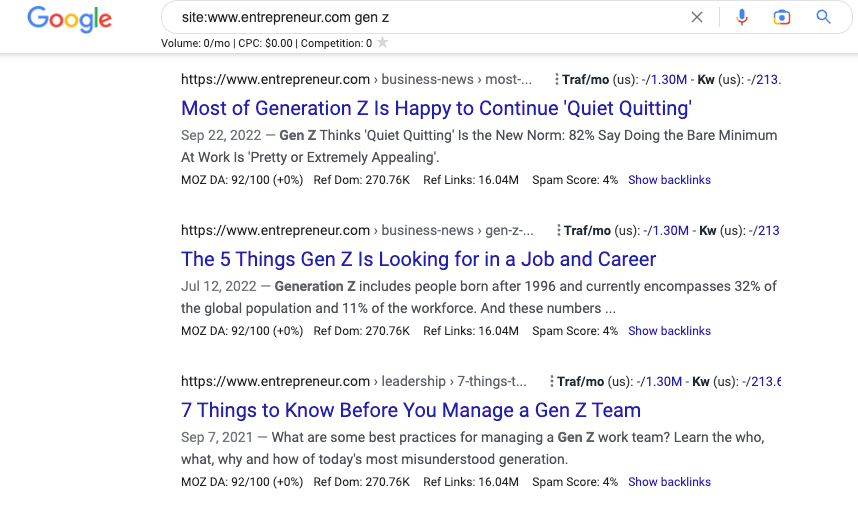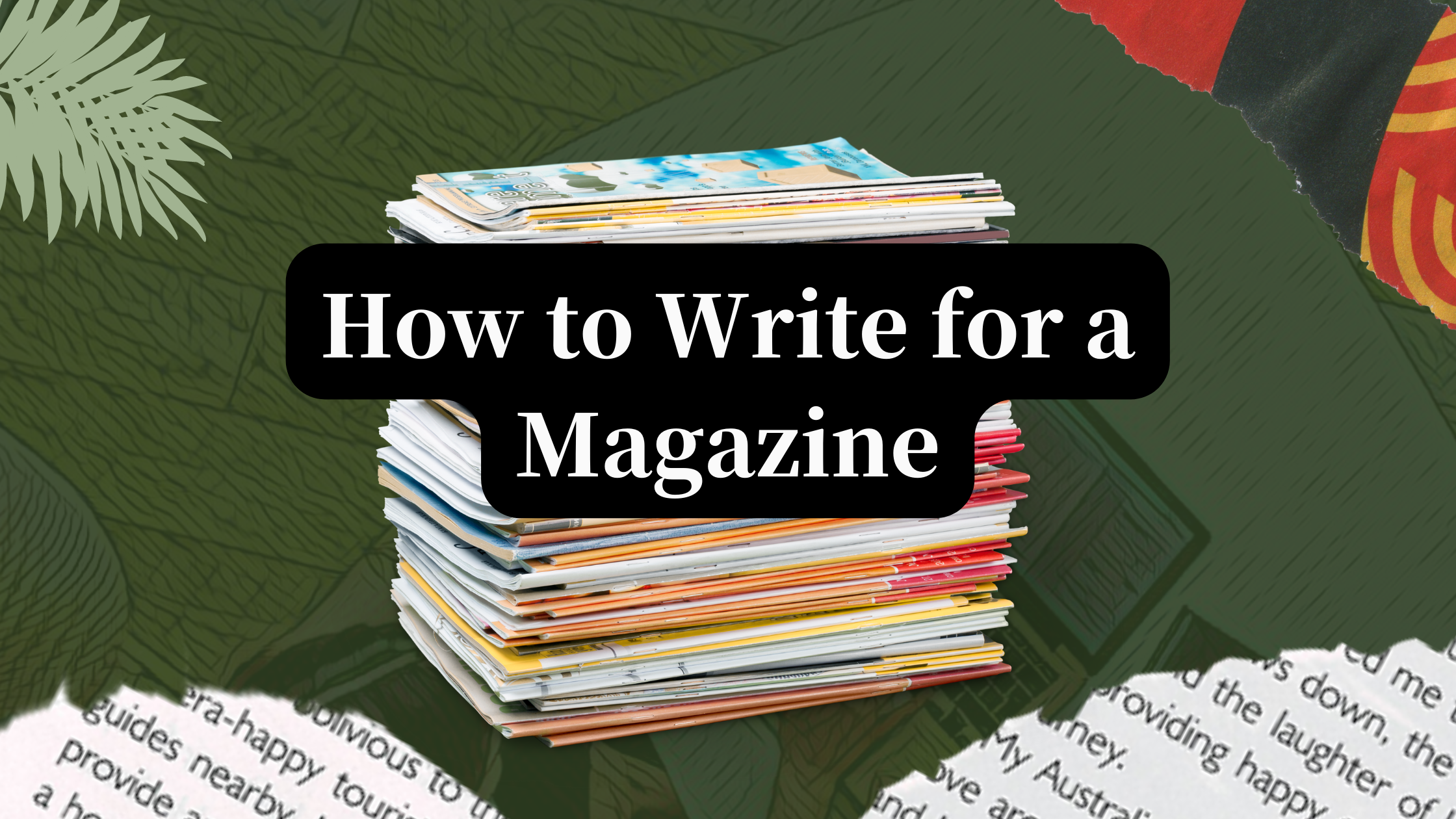Writing an article for your local newspaper, trade magazines, or national magazines is simpler than you think. But simple doesn’t mean easy.
Freelance writers and industry leaders alike want to land a feature article in a print publication, because magazine writing projects authority and expertise. Media publications often reserve their print edition for the best magazine articles, and a features editor or managing editor will be highly selective with which freelance writers they tap for various article opportunities.
Key Takeaways
- Magazine and newspaper bylines are considered very reputable, since these publications have limited space.
- The timing of your pitch is important, as magazines are produced weeks or even months in advance.
- It's good to be on editors' radar, as they often are shuffling an issue up until the 11th hour, and may want to assign you a piece with quick turnaround to fill a hole.
It’s not just the high quality of the article that makes print pitching different. In magazine journalism, brands often put their issues together months in advance to ensure they’re printed, shipped, and sold on schedule.
In addition to pitching a good magazine article, you also need to send your query letter at the right time in the magazine production process before you start writing. Newspaper articles don’t require as long of a lead time. It all depends on the publication’s submission guidelines.
Related: How to Pitch an Article: 72 Outlet How-Tos
If you’d love to one day write an opinion article, pen a personal essay, or just get more freelance writing jobs with popular magazines, here is what to keep in mind in magazine writing.
Writing for Magazines: A Coveted Byline
Before the internet, media was mainly delivered through print journalism. A freelance writer or aspiring magazine writer would send a query letter to the editor, and magazine editors would decide which magazine articles to pursue, based not only on the article ideas themselves, but also how well they balance one another, based on personal experience.
In print, there is a finite amount of space on the page. In contrast, websites can publish all the articles �— they just create a new URL for every article — so the constraint is editor and writer labor, not lack of space or word count. Article placement in a magazine has greater merit and is considered more valuable, even if it’s a local magazine.
Important:It can be tough to pitch a big feature story right out of the gate. Consider pitching a smaller story in the 700-1,200 word range first to build rapport with an editor.
Many of today’s magazines have been around for decades, if not longer, and they’ve built up a track record for editorial quality and influence. We assume that, if someone has written for a reputable magazine or national publications for a particular topic, they are a skilled freelance writer.
In our digital age, many of the most established brands continue to publish a physical magazine, even if the magazine’s readership has declined, because it cements their status as an influential publication. Often, if you write a magazine article, it will also be used online.
This was the case for me when writing an article for OUT magazine. My entire article was accepted, and received a two-page spread in the mag, but it was also published as a post online.

How to Pitch a Magazine in 3 Steps
Pitching a physical magazine is similar to other pitching efforts. The single most important factor to a winning pitch is that it’s relevant to the magazine’s target audience. The following three steps will help you ensure your pitch is on point every time; even if your pitch isn’t accepted, editors keep an eye on staff writers and other writers who consistently send relevant pitches, and eventually you will see progress.
Step 1: Research Current and Upcoming Magazine Topics
Read the magazine! What you think a magazine covers based on what you read ten years ago may not be what the outlet covers at all anymore. Browse both the publication’s website and the physical magazine itself to get a sense of their writing and what the brand is currently covering. Look at the news articles and writing styles.
Additionally, for physical magazines, it’s worth your time to poke around online for either a media kit or an editorial calendar. These kits are sales PDFs a magazine makes publicly available to attract prospective advertisers. The kit comes out in the fall or winter each year for the upcoming year, and lists the planned theme of every issue. This can be helpful intel when pitching big publications.
To see what the online version of a brand has previously covered, you can do a web search on Google for that specific site. Start your search with “site:www.outletdomain.com”, then search a topic. In this example, I searched past coverage of Gen Z on Entrepreneur’s website.

Knowing an outlet will help you tailor your article pitch to fit the voice, style, and format of the target publication.
Step 2: To Locate Gatekeepers, Find a Masthead
Now comes the tricky part: pitching the editor or decision-maker who oversees print coverage. Luckily, most magazines’ editors and other personnel responsible for bringing a magazine to life will be credited in both the physical issue and online. This list is called a masthead.
A major magazine will engage many writers and other contractors to bring an issue to life, but the staff who are listed on the masthead are almost always directly involved in the production process. This is helpful research material.
For example, searching “Allure masthead” led me directly to their digital masthead page.

From the masthead, do some digging on where these different editors are hanging out outline. Are they on Twitter, LinkedIn, or Instagram? Are they writing articles for magazines as well? What stories are they currently publishing? Also track down their email address.
Step 3: Craft a Strong, Print-Specific Pitch
In print article pitching, every word needs to earn its way onto the page. Your article pitch should have a compelling idea and a fresh perspective; specify whether you want to be considered for print publication, online publication, or both.
Most PR pitches are templates, press releases, or cookie-cutter stock pitches. The key to getting momentum in an article pitch is to hook the editor or journalist in the first couple of sentences. Indicate that your article pitch is not a stock pitch, and make a case for why this article is a perfect fit for them.
Pitch Your Next Magazine Article Today
Article pitching can feel overwhelming at first, but at the end of the day, story ideas just like yours are what make it to newsstands and get read by millions. Remain pleasantly persistent, and eventually your pitching efforts will pay off.
Thanks For Reading 🙏🏼
Keep up the momentum with one or more of these next steps:
📣 Share this post with your network or a friend. Sharing helps spread the word, and posts are formatted to be both easy to read and easy to curate – you'll look savvy and informed.
📲 Hang out with me on another platform. I'm active on Medium, Instagram, and LinkedIn – if you're on any of those, say hello.
📬 Sign up for my free email list. This is where my best, most exclusive and most valuable content gets published. Use any of the signup boxes on the site.
🏕 Up your writing game: Camp Wordsmith® is a free online resources portal all about writing and media. Get instant access to resources and templates guaranteed to make your marketing hustle faster, better, easier, and more fun. Sign up for free here.
📊 Hire me for consulting. I provide 1-on-1 consultations through my company, Hefty Media Group. We're a certified diversity supplier with the National Gay & Lesbian Chamber of Commerce. Learn more here.


